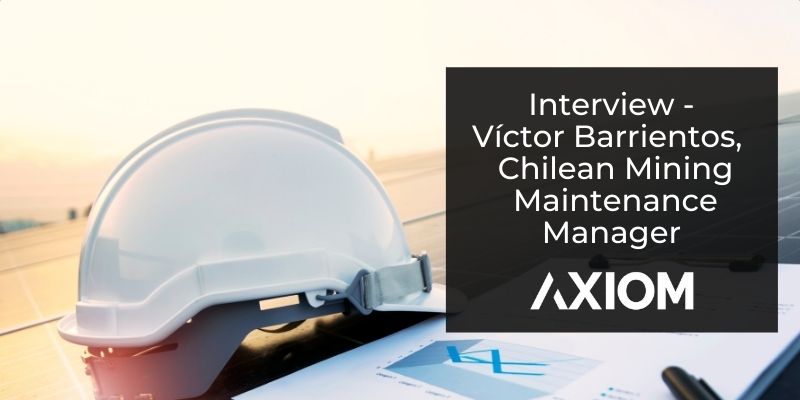METS companies are investing large amounts of capital into new technologies so protecting these investments is critical. Intellectual property often takes a back seat to the commercial terms even though it should be an essential part of the contract review process.
Full storyQuellaveco Copper Project Update
Anglo American has provided an update on its Quellaveco mine in Peru. Construction has proceeded this past year and the project is an important part of the Peruvian mining pipeline.
Full storyTips for using Subcontractors in Chile
Mining suppliers may use a local subcontractor for their installations at a mine site or to provide specialty services that are part of a larger contract but outside the suppliers’ core capabilities. The issue is that foreign companies can find themselves in trouble if they do not understand the risks that are particular to Chile and how to manage them when using subcontractors.
Full storyPeru Mining Pipeline – Construction Projects Update
Peru already has a project portfolio of 46 projects requiring investment of US$56.2bn. Peru is expecting investments of around US$5.2bn in mining construction this year and a little over US$6 billion for 2022.
Full storyPractical Guide to Contracts in Peru
It is important for international companies to understand how contracts and specific clauses are dealt with in each country they are operating in. We provide a practical guide to clauses in Peruvian contracts.
Full storyFeature Interview – Chilean Mining Maintenance Manager
Víctor Barrientos, a Mechanical Civil Engineer from the University of Chile, who has worked as a Maintenance Manager with CAP Mining, Anglo American, and SQM, tells us about his experience in the Chilean mining industry.
Full story






 Santiago
Santiago Sydney
Sydney Lima
Lima